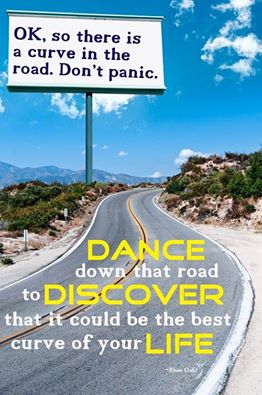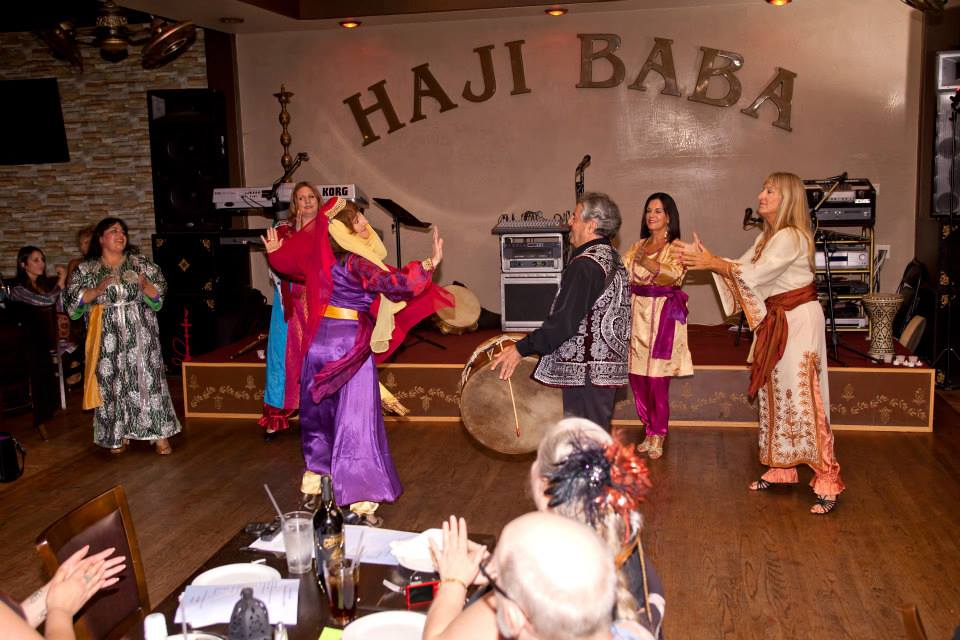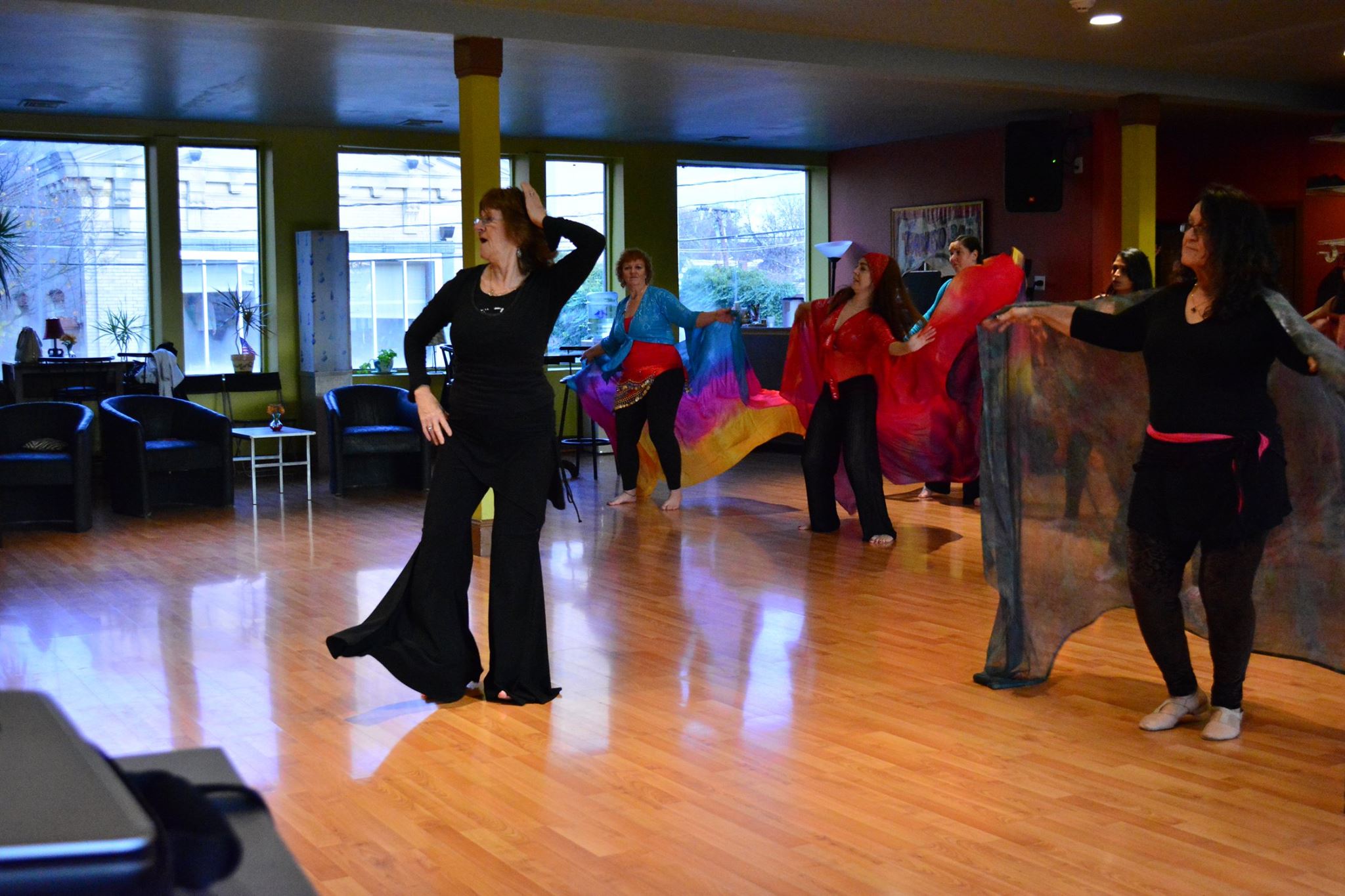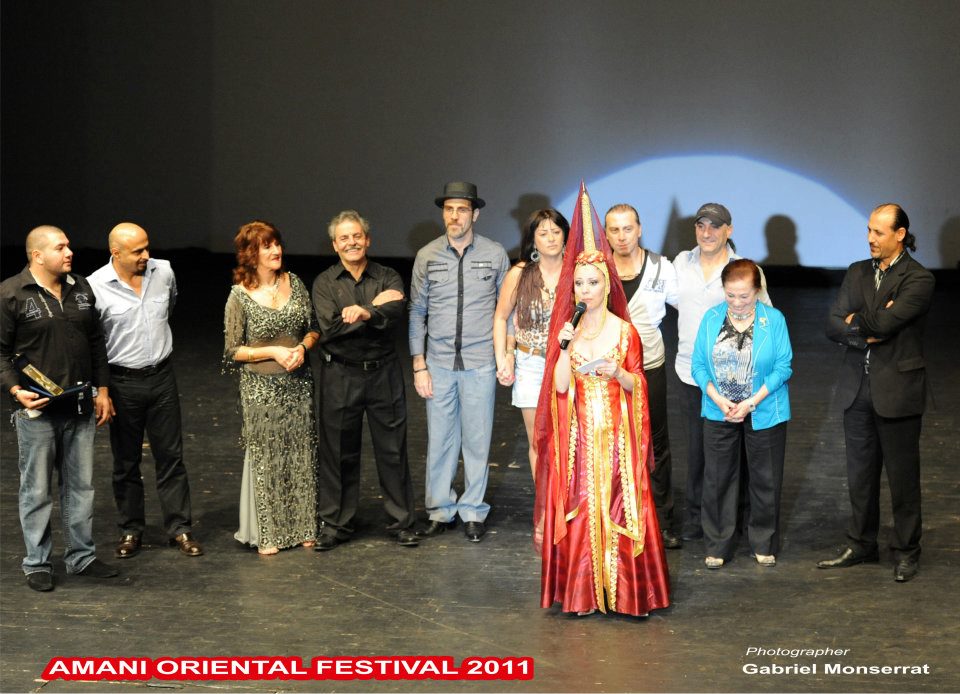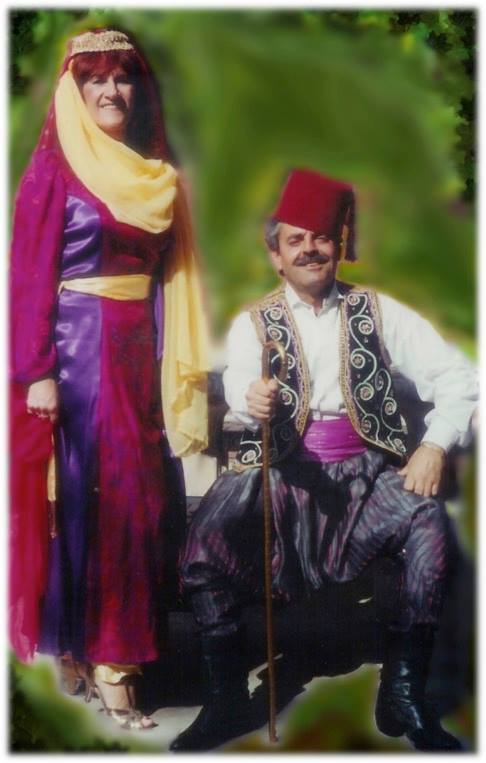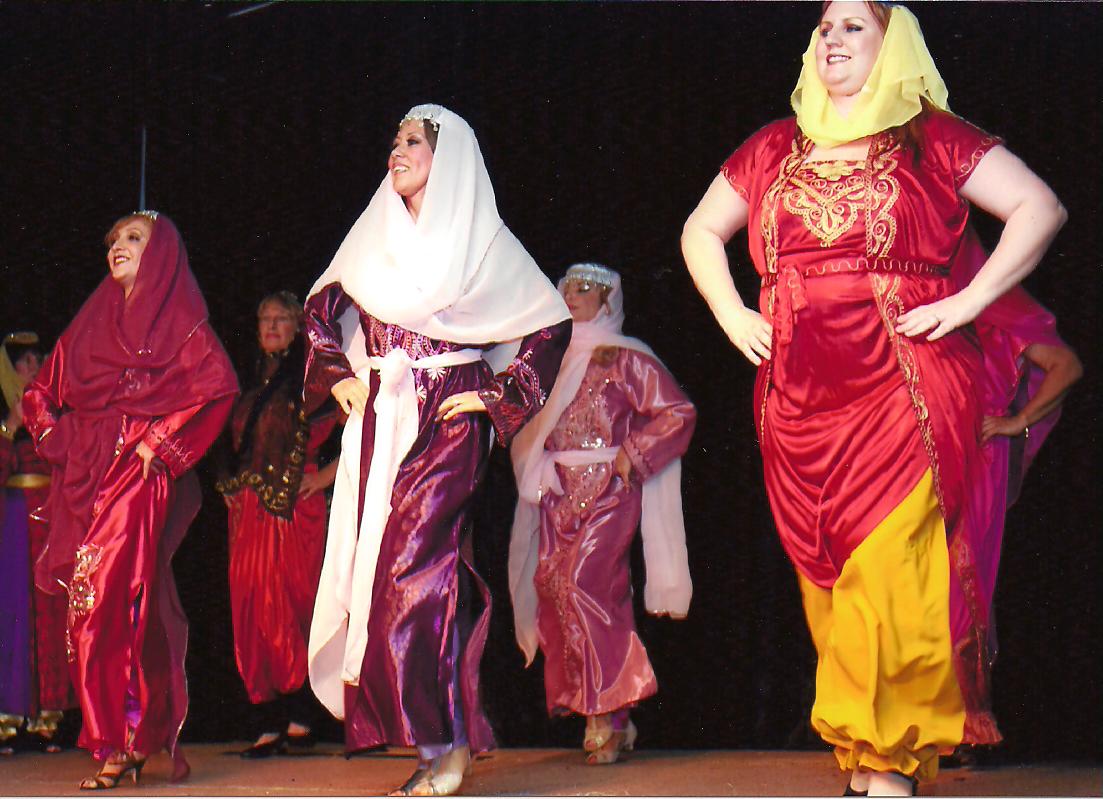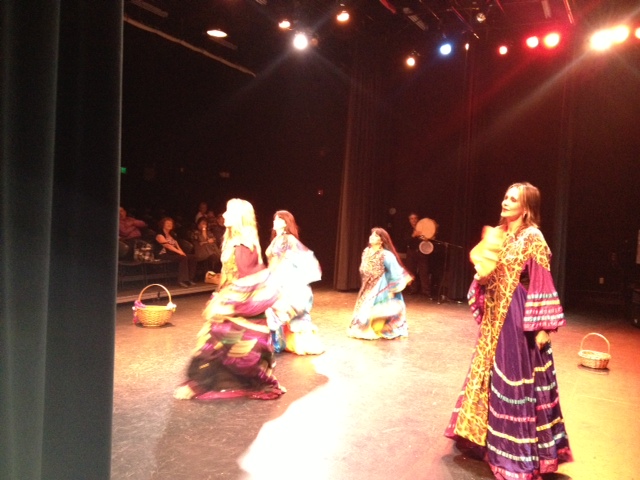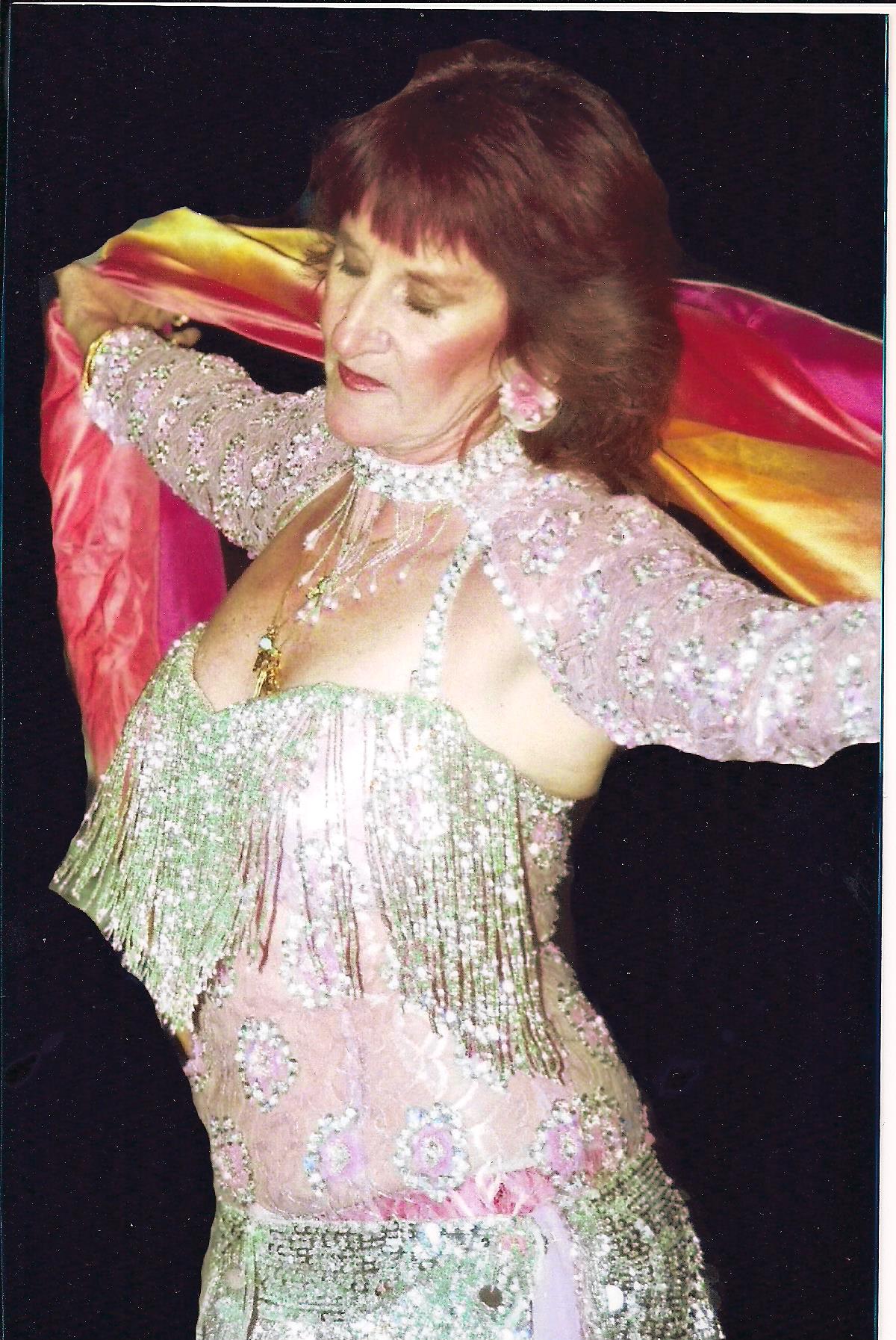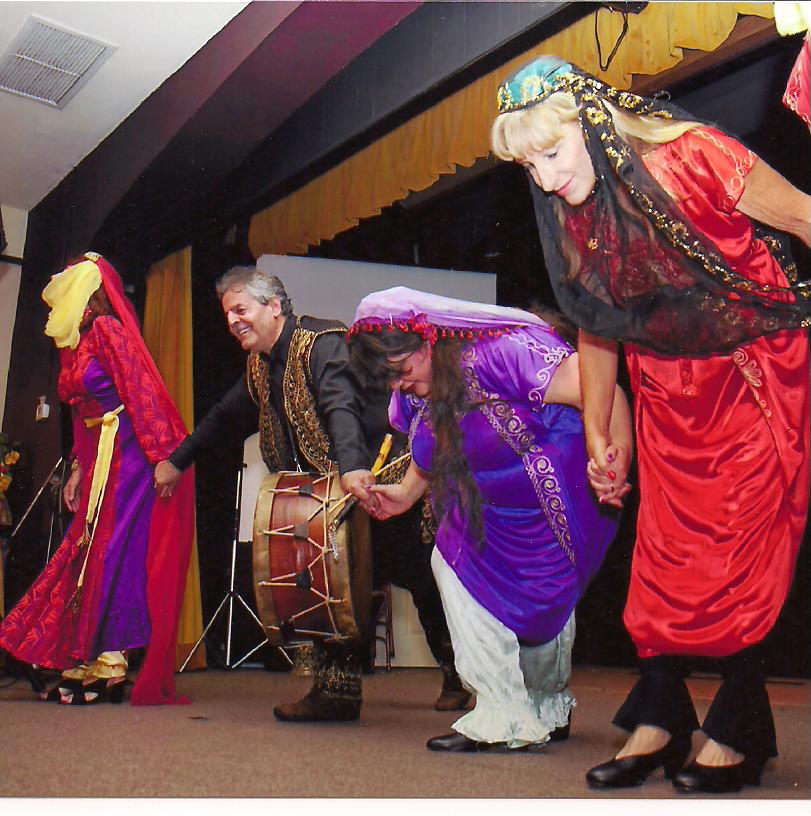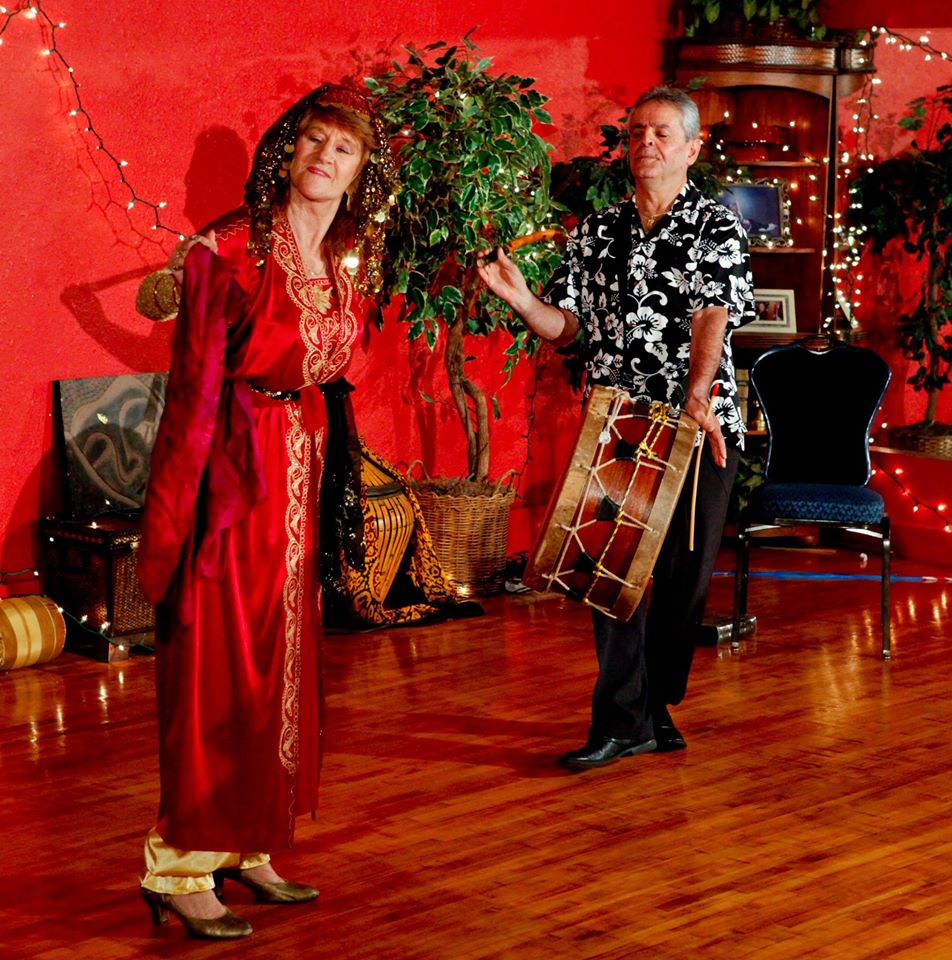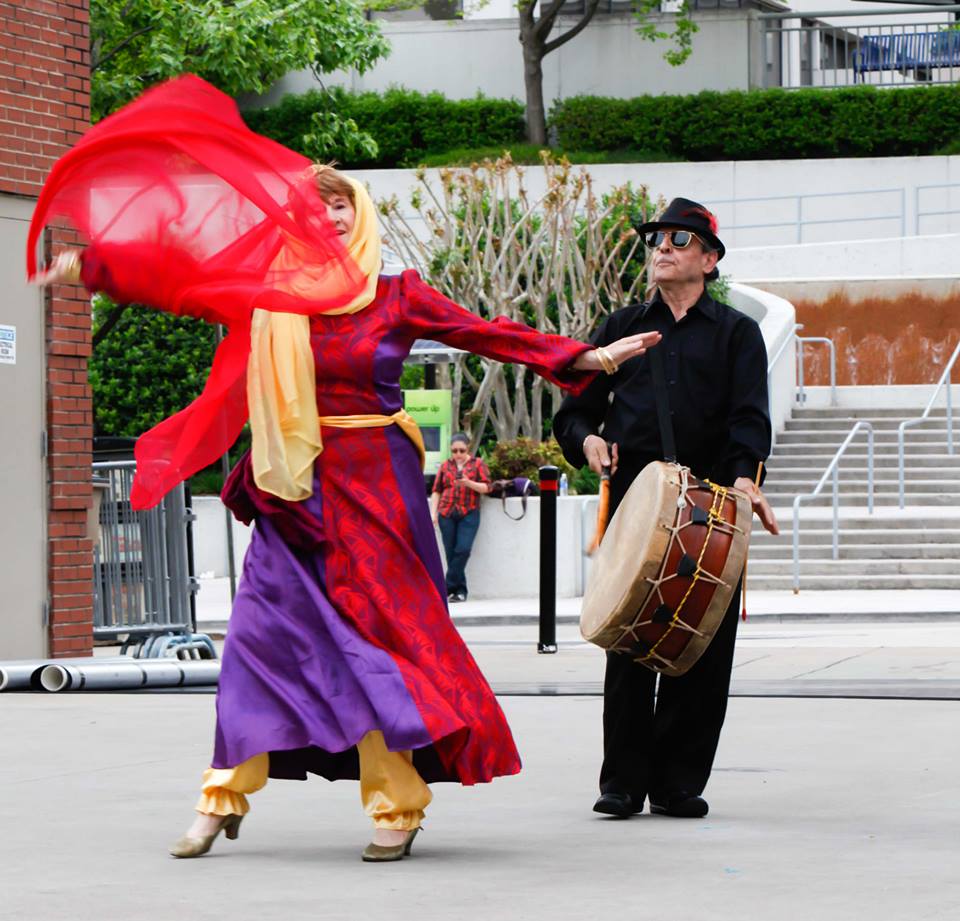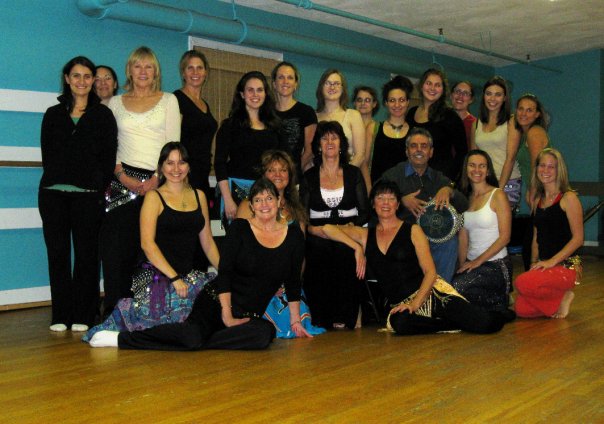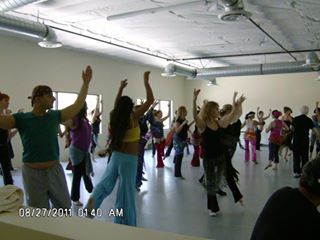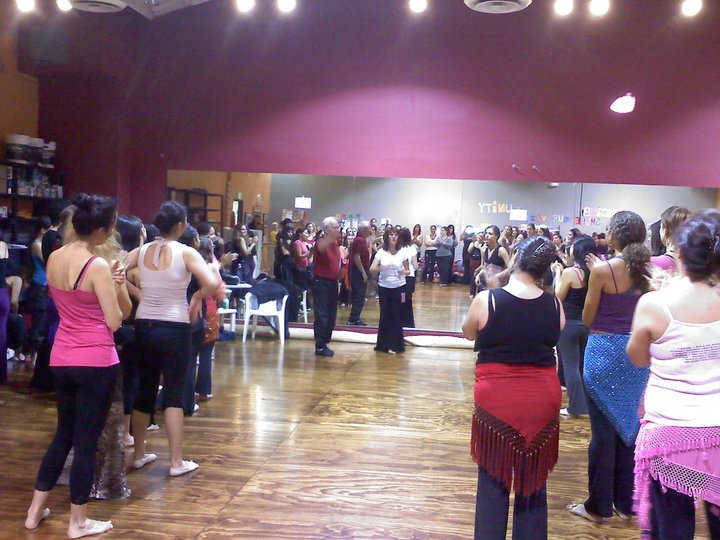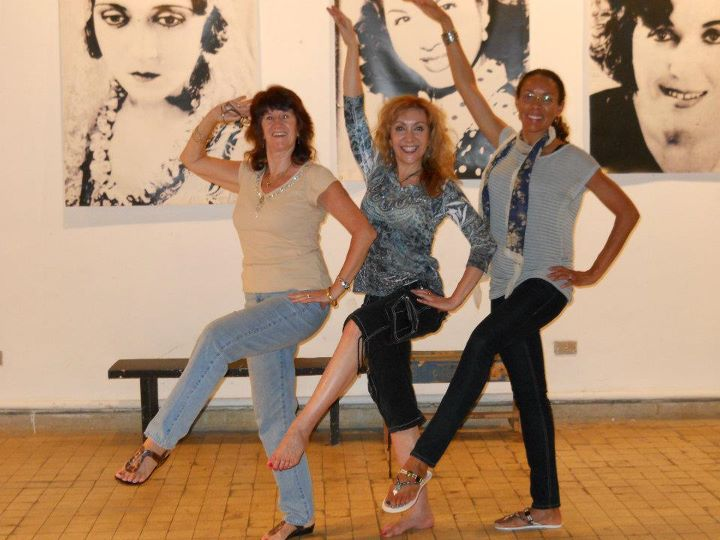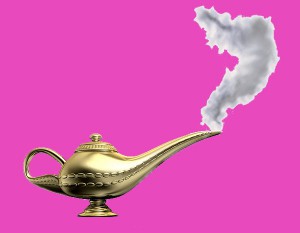FADI EL SAADI
LOVE BEING IN THE WARMTH OF THREE COUNTRIES
USA/Lebanon/Mexico

It was our great fortune to meet Fadi through a mutual friend Yazmina Zarod in Tijuana, Baja Mexico. We were invited to a dance show produced by Yazmina. She was sponsoring a CD release for Fadi’s CD release of RANIN. We were introduced and became instant friends. There was an instant spark between Walid and Fadi. This was in the autumn of 2010.
Now I will let him tell you his story.
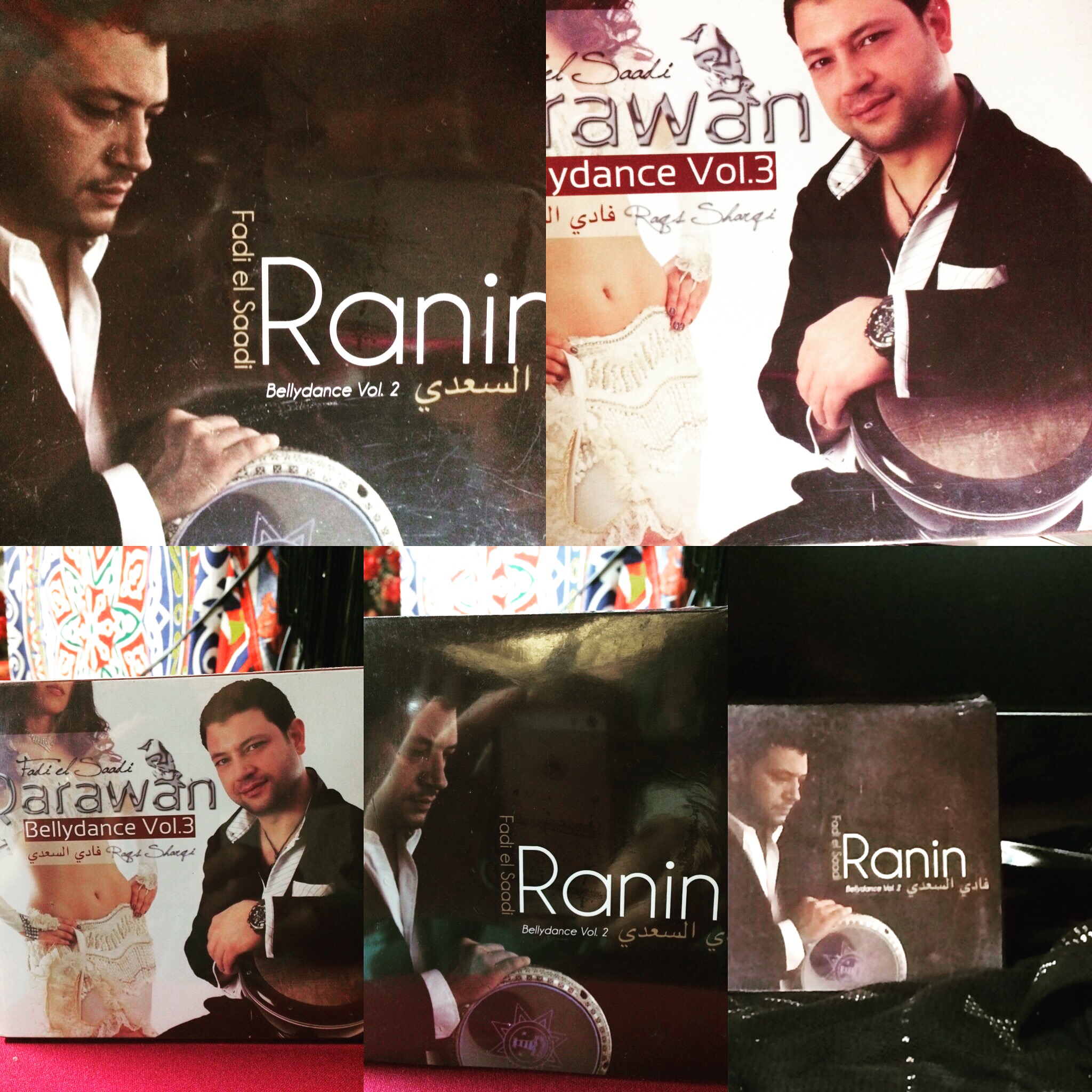
Fadi el Saadi
I am Fadi el Saadi or el Musico: I was 17 when I realized that what I really wanted to do with my life was be an artist. I feel the music so deeply. I love it so much. So, I talked my parents into letting me study music. My mother wanted to be sure it was what I really wanted as. She pointed out to me that life will be hard and not like most peoples. I was determined and knew it was something I had to do and do well.
I started with derbecki. As a kid I would sneak a drum to school. The teacher would get upset because the kids would want me to play and not pay attention to school work Sometimes they would send me home but I would sit outside the classroom window. The children would look out the window to see me and hear me play.
I started then studying when I graduated school. I studied with so many wonderful teachers. I was very serious. I do not want to mention names as I might leave some one out and that would not be fair. Everyone needs to be acknowledged. I studied for 5 years and at the same time toured to get experience. This was with my professors. This was a trial period for the student. I was about 20 years old when I started touring to different places and not just around Lebanon.
At a certain point I felt I wanted to do something different. I felt I was really good at derbecki. When I came to Mexico I wanted to try something different with a group so I purchased a keyboard. I had learned all the maqams already. I started training drummers and sang too. Now I have a new profession. I had added keyboard and singing to the derbecki. The scene in Mexico is better now than when I started and their education is getting better and better. I am making sure that Mexico knows about the beauty of Lebanese music and dance.
“Yes, the derbecki makes me happy” Fadi elSaadi
I love playing drums, singing and playing keyboard. By ultimate goal is one day to be able to play the violin. Before then I just want to keep getting better and better. I need to keep growing. When I achieve the same level on keyboard that I have with the derbecki it will be time to take the next step. My style is mine and Lebanese. I am Lebanese but I love all Arabic music. I only listen to western music to relax my brain from what I do daily in my work. I love Arabic music. It is in my blood. Tarab is the best. Love the music of Abdel Halim Hafez and Oum Kaltoum. I love their styles and their music is in my heart.
Let us go to the dance for a minute. Today there is no art in the dance. Some belly dancers today are in the dance for all the wrong reasons. There is too much sex involved. This is the demise of the dance. Too few are creative in an artistic approach to the dance. Most never consider the culture it comes from. Most just want the sexy approach. Even musicians lack an artistic approach today.
I have no favorite dancers. Dancers are all different. I cannot compare. The ones that are true to the art are my favorite. But today people just want instant dance. Some dance to show off. Others love applause. Some are true artists. I need dancers who are good to work with me. I need to like them then I can trust them. I learn from all the people I work with and hopefully they can learn from me. We can then share ideas. This is how art can grow.
When I started playing in the restaurants we started with a few dancers. Gradually and little by little I made contacts and then my business started booming. I now work with Mexican musicians, most I have trained plus Spanish Gypsy Flamenco with other musicians and singers.
The whole music scene has changed in recent years. Everything is modernized and westernized to boot. I personally do not like it. Everything is electronic. This takes the soul out of the music. Since the year 2000 this modern, electronic scene has taken over the market. My music is thought provoking but happy.
Fadi Singing. At recording in Lebanon
I have played throughout the Arabic counties and Europe then came Mexico and now the United States. I left Lebanon in 1998 for tours of Kuwait and Switzerland. In 2005 I came to Mexico City for a one month engagement. After that was over I decided to stay. My first CD was released in 2006. That was Dalaa el Nawaam. In 2012 I rerecorded it in Lebanon and released it again. In 2009 I recorded and released Ranin. Then in 2012 I released Qarawan. I have sold about 5,000 CDs up to this point. Now I am planning my next CD. This takes time and thinking. I want to give to people some-thing that will resonate with them. Think it will be Tarab. It will be a sharing of a gift and a lesson for them on the beauty and fulfillment of Arabic music at its best. All my music is recorded in Lebanon and produced I Mexico. They can be found on Amazon and I-Tunes.
My short term goal is to produce my next CD in 2014. My long term goal is for there to be peace in Lebanon. Peace around the whole world. Music is a great bridge to pull people together. It is an international language that we all interpret a little differently. Like dance it allows people to understand each other.
I love the music of my country. It has been with me all my life so I cannot say why I love it so much. The derbecki has a secret. I play it and it answers me. It gives me great happiness. If I feel sad I play. The derbecki makes me smile no matter what. The keyboard completes the package and speaks to me also. What a great gift from God. It leaves no emptiness. Each key you use with your fingers relays the feeling and passion of the music. Each person hears it differently. While playing and adding singing, it completely completes the bouquet. It describes happiness, sadness and the voice it affects each person differently.
Then yes, I teach! I teach the music at the school. I teach written notes to play music. There is also someone to teach the dance. I have a wonderful person to teach belly-dancing and I assist her by playing for her classes with live music on keyboard or derbecki. This helps the dancers with improvisation and creativity. As they progress I also play for them in the clubs and in shows. They like my music and choreograph to it. Some have done some great works of art. That makes me very happy. They like my work. They like the way I play. Thank goodness more people like my work than those who do not. They also feel that I am easy though very demanding to work with. We are professionals and we work the art together. We each need to be prepared and work hard so we can accomplish good works. Then hopefully we create art.
Dancers and musicians coming into this business need to think things out thoroughly. It is not a game. Prepare yourself as our lives are not for us alone. A performing artist spends their life to make people happy. Often you work on holidays instead of being with family and loved ones. When heartache comes you have to separate your heart and brain and continue. The show must go on and no one must know you are hurting. I was just going on stage when my brother died and I had to continue on as if nothing was wrong. Was it hard? Yes it was hard! You often cry alone so no one will see the hurt in your heart and soul. It can be very hard. On one side you give up a lot but on the other side you give happiness to others. My Mom told me when I was first starting to be sure that this is what I wanted and to understand the drawbacks of an artist’s life. This and the intensive, ongoing studying is all so important.
The life of an artist is not easy. It is not like a 9-5 job where you work eight hours and then go home and put it aside. Mission accomplished! We work holidays, weekends and nights. These are the times regular families are together and enjoying each-others company. Maybe because of this our families and friends are so much more precious to us.
You have to be truthful with yourself and others. This is the key! This allows you to trust, love and respect each other. If we are all honest the world would be a finer place. It might hurt for five minutes but you are set for life.
I started as a drummer in Lebanon. I came to Mexico with a whole group of Arabic musicians. I dreamt of doing something impossible. My dream was to train people in this country I had adopted to be professional drummers. I also wanted to instruct them to be knowledgeable about our culture and music. So I trained people. I started at the beginning. I then started a band to work in nightclubs, theaters and weddings. We started then travelling all over Mexico and beyond. My dream included being a director and owning my own company which would include dancer, musicians and making my own CDs. I learned to play the keyboard. There is a special feeling that I cannot describe when I see people singing and loving my songs. Plus, what a feeling it is to see my pictures in music stores selling my CDs. Funny thing though no body recognizes me. With all of this I have to be down to earth. I cannot let it go to my head.
I wish all the beginners in any profession to connect and follow my steps for success. Be kind to people no matter who they are. Never forget the road you have travelled and where you have come from. We are all beginners at one point. Always be truthful!
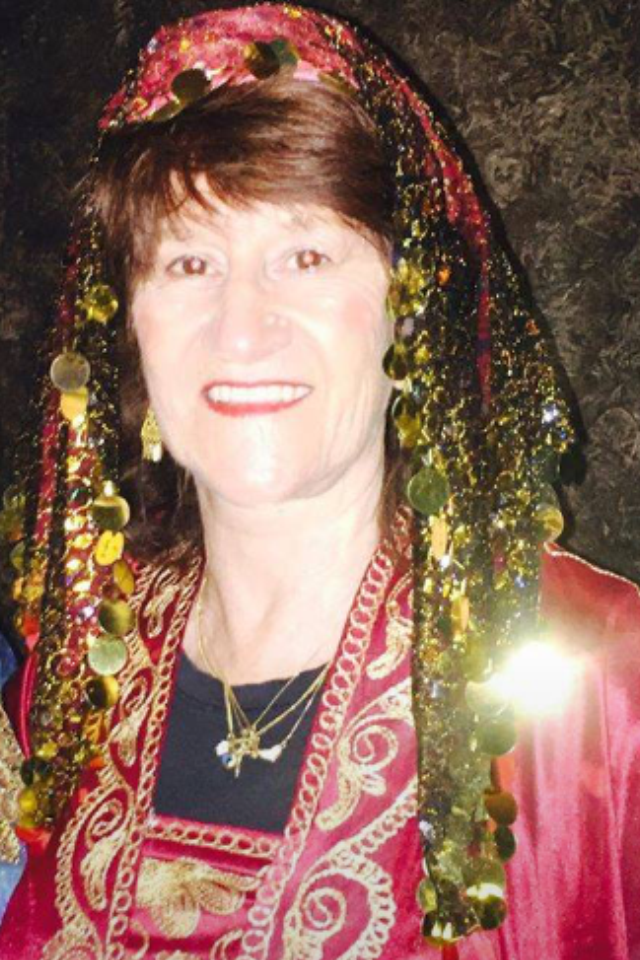
So on this note I leave you with the choice if you live in either the Lexington, KY area or Knoxville TN area to save Oct 22nd for Lexington and the 20th and 23rd for Knoxville to attend a wonderful “Hafli” of live music and dance performances. The 21st will be a dance Workshop in Lexington to live music by both Fadi el Saadi and Walid Assaf. Morwenna will teach how to work with musicians.If you are a dancer and would like to perform in Knoxville please call Morwenna at 865-375-0446.

Morwenna on left
Walid on right
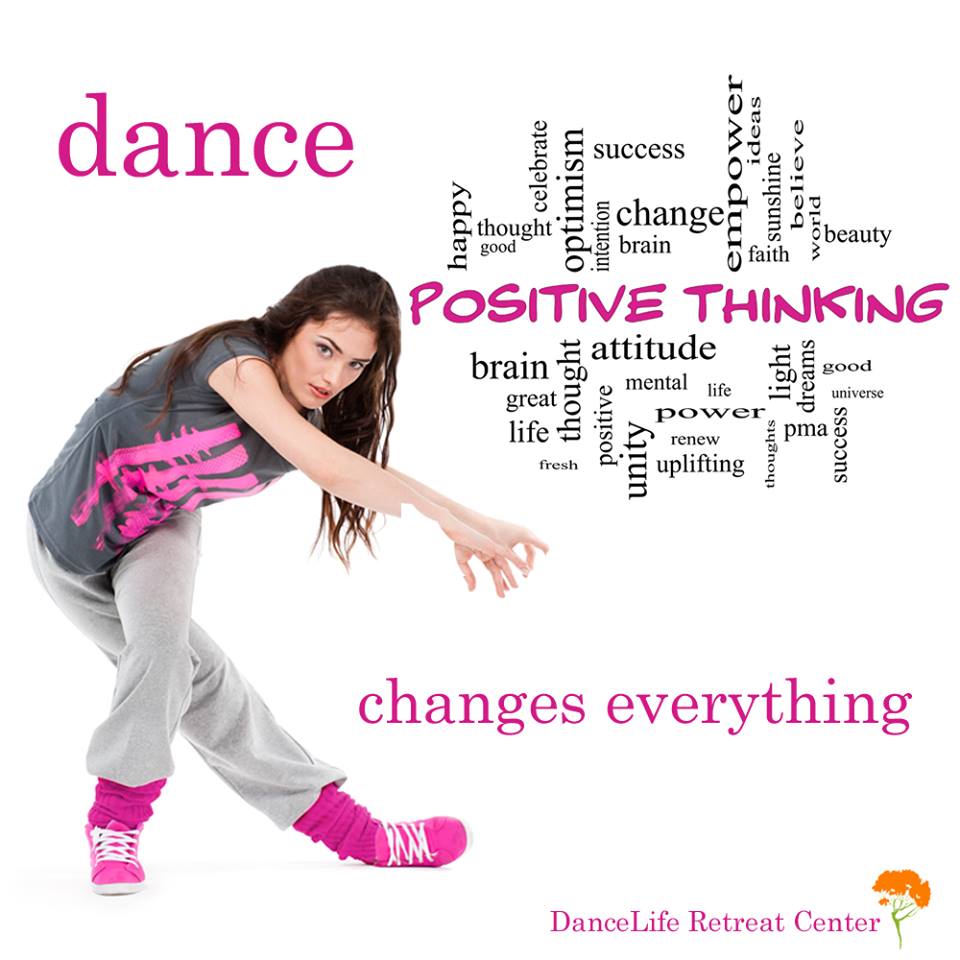

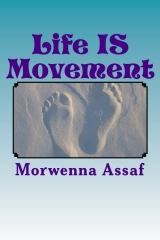 Consistency in approach can help. Promote a routine for when you arrive. This will put you in the right frame of mind for class. This helps your teacher as well. It might be sitting quietly for a few moments, taking a couple of deep breaths to become centered in the space. It might be instigating a related chat before the warm up. However every approach should incorporate a solid warm up. Warming up is physical and mental preparation, and should not be underestimated. If you can achieve this every time you attend class, you will be perfectly prepared for what ever you get in the studio.
Consistency in approach can help. Promote a routine for when you arrive. This will put you in the right frame of mind for class. This helps your teacher as well. It might be sitting quietly for a few moments, taking a couple of deep breaths to become centered in the space. It might be instigating a related chat before the warm up. However every approach should incorporate a solid warm up. Warming up is physical and mental preparation, and should not be underestimated. If you can achieve this every time you attend class, you will be perfectly prepared for what ever you get in the studio. 